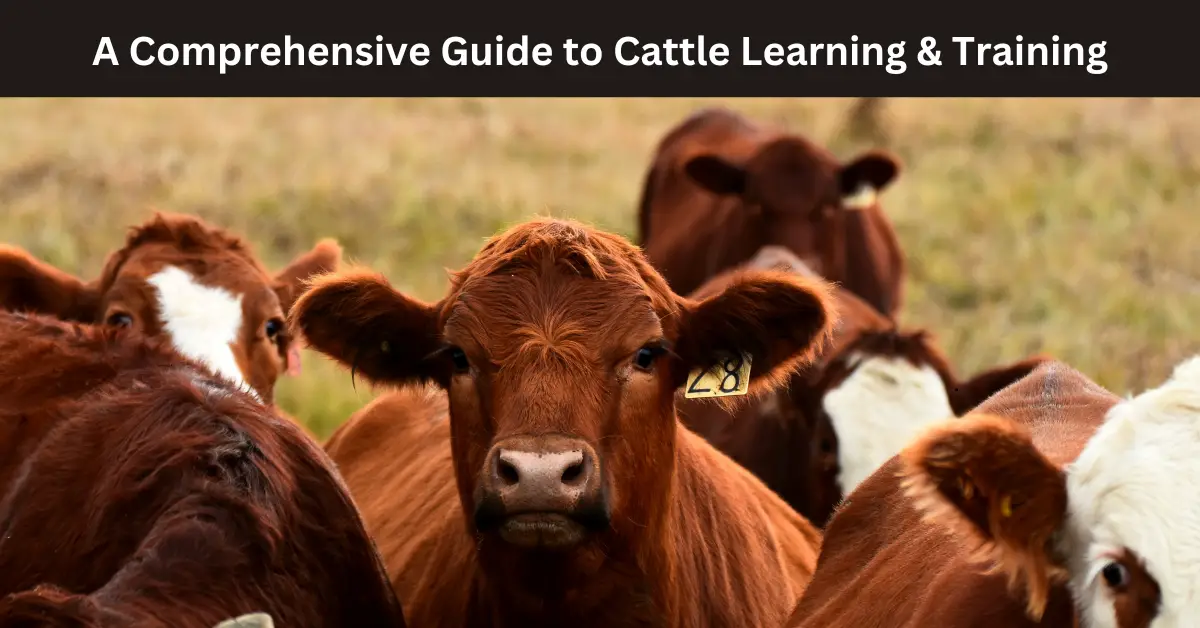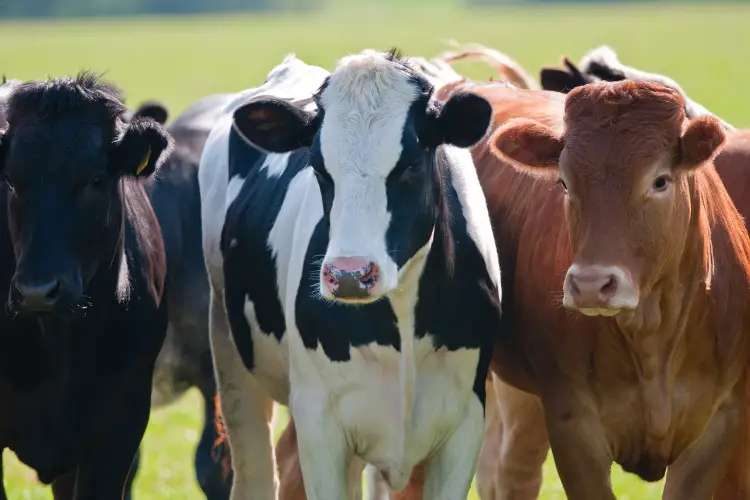Training cattle is essential for building a productive, stress-free, and profitable farming operation. Cattle are intelligent, social animals capable of learning through classical conditioning, operant conditioning, and observational learning.
Understanding their behavior, including herd mentality, emotional intelligence, and sensory perception, lays the foundation for effective training. Techniques like desensitization, target, clicker, and halter training help create a well-managed herd.
Additionally, providing environmental enrichment enhances their mental and physical well-being. Implementing a structured training schedule, gentle handling, and record-keeping ensures long-term success. Proper cattle training improves animal welfare, simplifies management, and boosts profitability, making it a valuable investment for farmers.
Key Takeaways
| Aspect | Key Insight |
|---|---|
| Cattle Behavior | Understand innate behaviors, cognitive abilities, and sensory perception for effective training. |
| Learning Principles | Use classical conditioning, operant conditioning, and social learning to shape cattle behavior. |
| Training Techniques | Apply desensitization, target, clicker, and halter training for better control. |
| Environmental Enrichment | Enhance cattle well-being with sensory, cognitive, social, and physical enrichment activities. |
| Training Program | Plan a structured schedule, use gentle handling, and track progress for consistent results. |
| Benefits | Improve animal welfare, simplify management, and increase productivity and profitability. |
Understanding Cattle Behavior
Understanding how cattle think and act is the first step in successful training. Cattle behavior is influenced by their natural instincts, cognitive abilities, and perception of their environment. Recognizing these factors helps farmers build trust and create effective training programs.
1. Innate Behaviors
Cattle are creatures of habit with specific natural tendencies that guide their daily lives. Key innate behaviors include:
- Herd Mentality: Cattle are social animals that thrive in group settings. They seek safety and comfort in numbers.
- Fight-or-Flight Response: As prey animals, they react instinctively to threats by fleeing or, in rare cases, defending themselves.
- Grazing and Rumination: Cattle spend the majority of their time grazing and chewing cud, vital for their digestion and health.
2. Cognitive Abilities
Cattle possess remarkable cognitive abilities that enable them to adapt to their environment.
- Memory and Problem-Solving: They can recall past experiences and use that knowledge to adjust their actions.
- Emotional Intelligence: Cattle express emotions such as fear, excitement, and affection, which can affect their behavior.
- Sensory Perception: They rely heavily on sight, smell, and hearing to navigate and interact with the world around them.
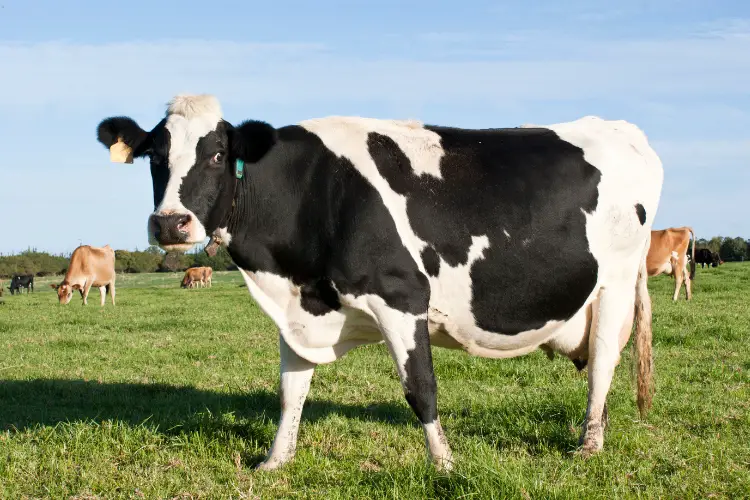
Principles of Cattle Learning
Cattle learning is based on principles that guide their understanding and behavior. By applying these principles, farmers can create positive associations and shape desirable behaviors effectively.
1. Classical Conditioning
This principle involves associating a stimulus with a specific response.
- Use positive or negative stimuli to shape behavior.
- Reinforce behaviors through rewards (e.g., food or comfort).
- Maintain consistency for the desired response to become second nature.
2. Operant Conditioning
Operant conditioning uses consequences to modify behavior.
- The four quadrants of operant conditioning include positive reinforcement, negative reinforcement, positive punishment, and negative punishment.
- Positive reinforcement is particularly effective in building trust and cooperation.
- Understand when to apply each quadrant based on the situation.
3. Observational Learning
Cattle learn by observing others in their herd.
- Social learning helps them adapt to new behaviors by watching their peers.
- Encourage modeling by ensuring trained cattle set examples for others.
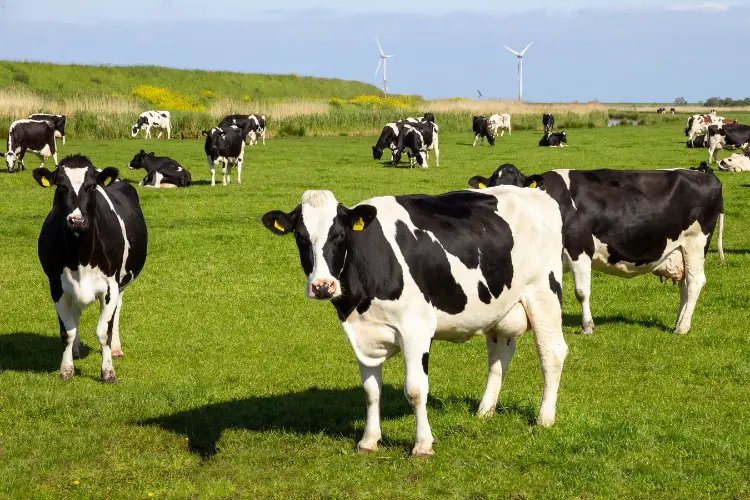
Effective Cattle Training Techniques
Successful cattle training combines patience, consistency, and tailored methods. Below are key training techniques to consider.
1. Desensitization and Counterconditioning
Gradually expose cattle to new stimuli to reduce fear and anxiety.
- Pair unfamiliar situations with positive reinforcement (e.g., treats or soothing words).
- Break down the process into small, manageable steps for better adaptation.
2. Target Training
This involves training cattle to touch or follow a specific target.
- Use a stick, hand, or object as a target for guidance.
- Incorporate this technique into daily tasks like moving cattle or routine health checks.
3. Clicker Training
Clicker training is a communication tool that reinforces desired behaviors.
- Use a distinct click sound to mark a behavior, followed by a reward.
- This method fosters quick learning and strengthens the human-animal bond.
4. Halter Training
Teaching cattle to wear and respond to a halter is essential for handling.
- Introduce the halter calmly and positively.
- Practice leading and standing still to prepare cattle for grooming or veterinary procedures.
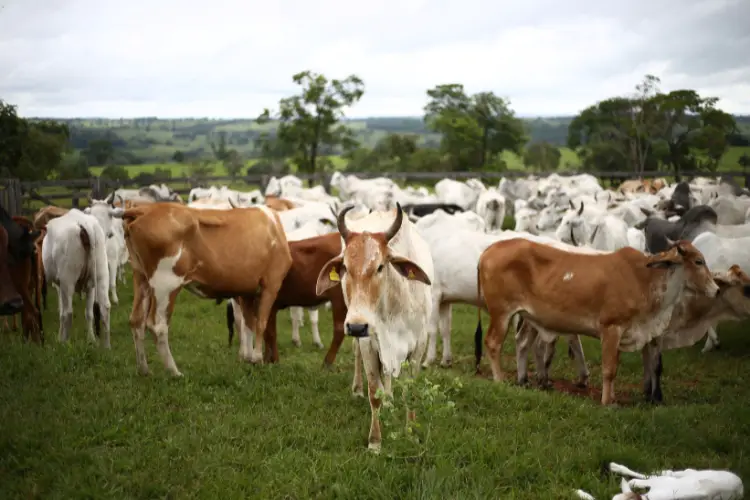
Environmental Enrichment
Providing enrichment enhances cattle’s physical, mental, and social well-being. These activities stimulate natural behaviors and reduce stress.
| Enrichment Type | Benefits | Examples |
|---|---|---|
| Sensory Enrichment | Stimulates senses reduces boredom | Varied textures, scents, and sounds |
| Cognitive Enrichment | Challenges problem-solving abilities | Puzzle feeders, simple mazes, interactive toys |
| Social Enrichment | Promotes natural herd interactions | Safe social play, pairing compatible companions |
| Physical Enrichment | Encourages movement and exercise | Scratching posts, varied terrain |
By incorporating these elements, you can create a healthier, happier environment for your herd.
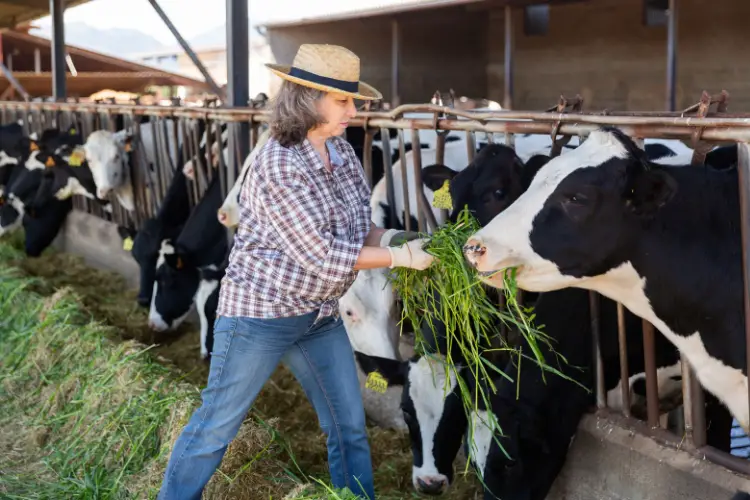
Implementing a Successful Training Program
To achieve long-term success, training programs must be consistent, flexible, and tailored to individual cattle. This involves careful planning, monitoring, and adaptation.
1. Establish a Training Schedule
- Develop a routine with consistent short, manageable sessions.
- Adjust the frequency and duration based on each animal’s progress.
- Incorporate training into daily farm activities for efficiency.
2. Gentle Handling and Identification
- Use low-stress handling techniques to build trust and minimize anxiety.
- Implement a reliable system for identifying each animal, such as ear tags or collars.
3. Record-Keeping and Evaluation
- Maintain records to track each animal’s progress.
- Regularly evaluate training methods to identify what works best.
- Celebrate successes and refine strategies for continuous improvement.
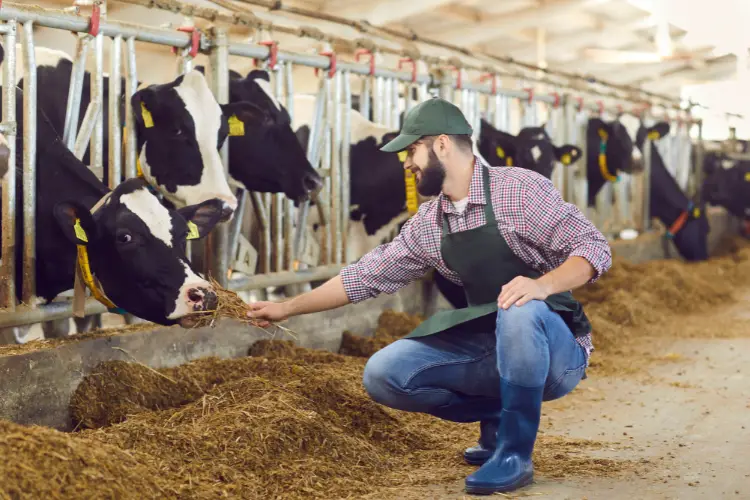
Benefits of Effective Cattle Training
A well-trained herd offers numerous advantages for both farmers and cattle.
1. Improved Animal Welfare
- Positive reinforcement reduces stress and builds confidence in cattle.
- Healthier, happier animals adapt better to new situations.
2. Enhanced Handling and Management
- Trained cattle are easier to handle during routine procedures like vaccinations or grooming.
- Smooth transportation and relocation reduce accidents and stress.
3. Increased Productivity and Profitability
- Reduced injuries lower medical costs.
- Efficient feed utilization and improved herd performance boost profits.
- Trained, docile cattle fetch higher market prices.
Conclusion
Training cattle is an investment in the future of your farm. By understanding their behavior, applying proven principles, and implementing thoughtful training programs, you can create a harmonious, productive, and profitable operation. With patience, consistency, and care, you’ll cultivate a bond with your herd that ensures long-term success and satisfaction.
FAQs
1. What are the most effective cattle training techniques?
The most effective cattle training techniques include desensitization, target, clicker, and halter training. These methods use positive reinforcement, gradual exposure to new stimuli, and consistent routines to shape desired behaviors while reducing stress.
2. How do I handle aggressive or fearful cattle during training?
Aggressive or fearful cattle should be approached with patience and low-stress handling techniques. Gradually introduce them to new situations and use positive reinforcement to build trust. Avoid sudden movements or loud noises that might trigger their fight-or-flight response.
3. Why is environmental enrichment important for cattle?
Environmental enrichment keeps cattle mentally and physically stimulated, reducing stress and boredom. Activities like puzzle feeders, varied terrain, and social interactions improve overall well-being and encourage natural behaviors.
4. How does cattle training improve farm productivity?
Training makes cattle easier to handle during veterinary procedures, transportation, and routine management, reducing stress and injuries. Trained cattle adapt better to changes, improving feed efficiency, health, and market value, ultimately boosting farm profitability.

